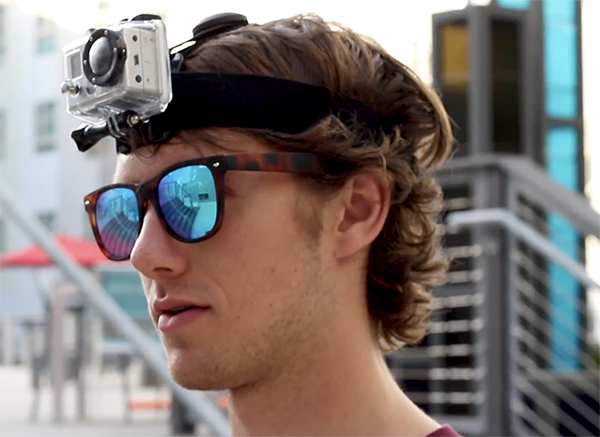In CyberHealthGIS REU, Students Connect Public Health Problems With GIS Analysis
U.S. undergraduate students can apply by March 15 to 10-week summer program.
Mar 5, 2018
How could geospatial analytical tools help identify and measure public health risks? What does mapping dentist office locations have to do with occurrences of chronic disease? Could mapping a shade-maximized route around campus minimize UV exposure and have public health benefits?
Tackling such complicated problems through independent research work is the task given to 10 undergraduate students who travel to Texas A&M University to participate in the CyberHealthGIS Research Experiences for Undergraduates (REU) program each summer.
The Department of Geography, Department of Computer Science and Engineering, and Department of Epidemiology and Biostatistics partner to host undergraduates from across the country in the REU program for 10 weeks. The National Science Foundation funds the nationwide REU program, and the College of Geosciences at Texas A&M University helps host three REUs, including this one.
Applications for the summer 2018 REU are due March 15, and students from anywhere in the U.S. can apply.

Isaac Lello-Smith, a 2017 REU participant, collecting data for his research project.

Summer 2017 REU participants learn to build a circuit.
“The program is highly competitive, and we accept about one third of our ten students from geography majors, a third from computer science majors, and a third from public health majors,” said Dr. Daniel Goldberg, one of the three faculty leaders of the REU. “We help them learn how to do interdisciplinary research and work in teams to solve problems that affect the health and well-being of Americans.”
Dr. Tracy Hammond, computer science and engineering professor, and Dr. Jennifer Horney, department head and associate professor in the Department of Epidemiology and Biostatistics, also lead the REU.
“With the guidance of graduate students and faculty members, they develop their own research idea, find data to support it, and then figure out ways to use technology and maps to communicate their findings,” Horney said.
Each student gets one-on-one guidance and research training from faculty mentors. “I was exposed to so many new ideas and ways of thinking,” said Sterling LaBoo, a 2017 REU participant and public health student at Texas A&M.
The mentors help the students complete an entire research project in just 10 weeks – collaboratively posing, executing and evaluating a research project resulting in research advances in CyberHealthGIS. Several students have had their REU research published in academic journals following their summer research experience.
“Every student who has come through this program has shown themselves to be capable researchers,” Goldberg said. “One of our main goals is to introduce these students to different research and different techniques and different fields that they’re not familiar with.”
“The most important thing I learned this summer is that interdisciplinary fields are really important,” said Maeve Scully, a 2017 REU participant and geography major at The Ohio State University. “All of my peers here now have experience in three fields versus just one.”
Scully said that during the REU program she built on her geography knowledge and learned the computer programming language Python and how to build a circuit, which will make her a more appealing candidate to employers.
For more information:
- Apply to this REU program
- Watch more video interviews with REU participants
By Leslie Lee

